Dr. D. Ross Camidge
Thoracic Oncologist
Thoracic oncologist and lung cancer specialist, Dr. D. Ross Camidge, is an expert in small cell lung cancer and the latest treatments.
In this interview, he details immunotherapy and treatment options, including for EGFR (Osimertinib), ALK (Alectinib), ROS1 (Crizotinib), BRAF (Dabrafenib & Trametinib), and NTRK.
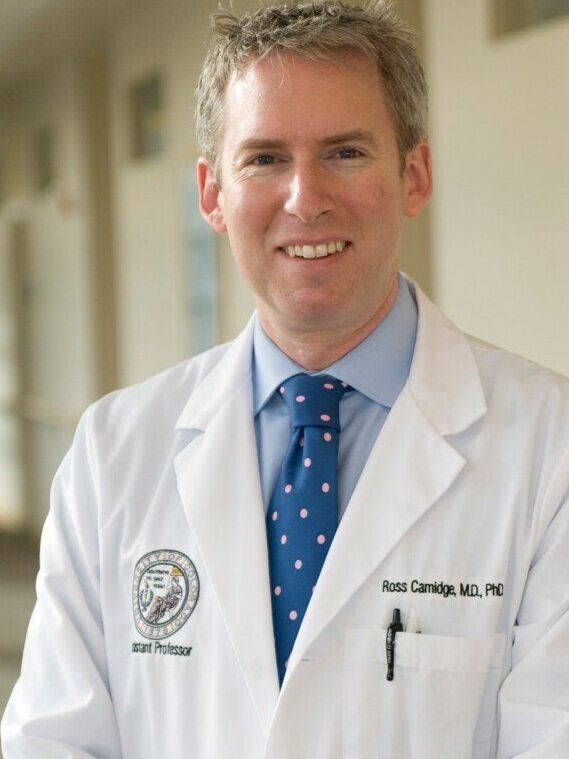
- Name: Dr. D. Ross Camidge, M.D., Ph.D.
- Roles
- Professor of medicine
- Medical Oncologist
- Researcher
- Experience: 15 years
- Professor, University of Colorado Cancer Center
- Director of Thoracic Oncology, UC Hospital
- Approach with patients: Firm believer in personalized medicine as the way of the future
When you’re first diagnosed, and you look up survival statistics, they’re terrifying. You act as if you should die before you finish reading the paragraph. The key thing is, in order to have survival statistics, they have to be based on old number because these are people who have already died. So, what’s going in the future must be better.
Dr. D. Ross Camidge
Diagnosis & Basics
How do you diagnose lung cancer in someone who doesn’t have symptoms?
Usually, you don’t. There are a few ways you might get diagnosed. One is you have symptoms, you get a scan, and the doctor finds something. Another way is you’re getting a scan for some other reason.
Let’s say you were going to have some other medical procedure and had to get a chest x-ray before going under general anesthetic. It might incidentally show up there.
One prominent risk for lung cancer which is smoking. The key thing is that this is not the only risk factor.
It becomes incredibly frustrating as an oncologist when people assume all my patients are smokers. My youngest patient was 14 when she was diagnosed, and people went, “Was she a smoker?!” Of course she wasn’t a smoker.
That prejudice is a way of removing empathy. We should educate people that that’s actually a very rude question to ask.
However, because we know that smoking is a risk factor for several types of lung cancers, they’ve identified a group of people who’ve smoked for what they call “30 pack years.”
That’s a pack a day for 30 years or two packs a day for 15 years. You do the math. If you’re part of that designation and over the age of 55, you qualify for a screening CT once a year.
So, the three ways we diagnose are by symptoms, incidentally found, or you actually go in for a screening because you’re in the high-risk group. We only have the screening for that identified risk factor as of now.
Are there other potential risk factors other than smoking?
Everybody always knows a great-aunt who smoked for 50 years and lived to be 100, proving that smoking doesn’t cause cancer in 100-percent of people, sure, but it does alter your risk.
Think of it this way: if you’re driving home all liquored up, you can drive home safely, but your risk of having an accident is higher. You can smoke for many years and live safely without any cancer, but your risk has gone up.
We understand that smoking is a risk factor. Here’s some of what we don’t understand, though: radon gas is potentially a risk factor, air pollution in the Far East, and wok-based cooking in an enclosed space might be a factor, and there’s stuff that we really don’t understand.
Many of my patients who have never smoked have no idea why they’ve got it. There’s maybe a small genetic element, but a lot of that data relates to smoking and probably your tendency to be addicted to nicotine rather than a direct link to the cancer.
What are the two main types of lung cancer?
Lung cancer is split into two broad buckets based on what it looks like in the microscope. You have small cell lung cancer, which is only about 12-percent of lung cancer.
Then you have non-small cell lung cancer, which is a silly name because it just tells you what it isn’t. Under the umbrella of non-small cell lung cancer, there are now sub-categories based on molecular changes.
So, that means it’s not just based on what it looks like down the microscope, but if you suck DNA out of the cancer, you can find different mutations that act differently.
Treatment
Are small cell and non-small cell cancers treated differently?
The 12-percent (small cell) is desperately in need of a breakthrough. They’ve been using the same chemotherapy for about 30 years. The first real breakthrough happened in October 2018 when they started adding immunotherapy.
That marginally improved things. Just like we’ve seen in non-small cell cases, small cell lung cancer is not all the same disease. There are sub-categories in there just like with other cancers. The immunotherapy worked in about 10-percent of patients, which I guess is enough to advance the field, but the real advancement is going to be not treating everybody the same.
It’s been very difficult in small cell, but we’ve had more success in doing so with non-small cell cases.
Why does the sub-category matter? How does it impact treatment?
In the last decade or so, we’ve been able to define a series of molecular tests you can do on somebody’s non-small cell lung cancer and put them in different bins.
We know of at least five different molecular abnormalities that the FDA has recognized and said, “If you have this, you can go on this drug” so far.
These are called EGFR mutations, ALK rearrangements, ROS1 arrangements, BRAF mutations, and NTRK rearrangements. There will be more in the next year or so.
If we work really hard, we can try to find a dominant molecular dictator in somebody’s lung cancer maybe in as many as 50-percent of patients now.
The important thing is if you’re diagnosed with non-small cell lung cancer, something like two-thirds of people are diagnosed when the cancer has already spread all over their body. That usually means that surgery or curative radiation isn’t on the table, although we’re trying to be creative in using those tactics in some cases.
Those cases are going to need a treatment that goes everywhere, so they’re going to need a drug-based treatment. The key advances have been getting community oncology practitioners to say, “I need to send off these different tests.”
The beauty of that is that the health economics actually say it’s cheaper to send off a broad test panel than testing for each individual thing. The good thing for community practitioners is now they don’t have to remember all the tests to run. Soon, we hope they’ll be able to just check a box and check for everything.
We’re all human beings, and we all need to follow a recipe sometimes. Occasionally, some of us try to be more like celebrity chefs and do more creative cookery. For most of the types I’ve listed, there’s a pill that will provide very good control of the disease and often with very little in the way of side effects.
All the other treatments you think about for cancer like chemotherapy and radiation get pushed down the line. They might still have a role in the future, but if you could go on a pill that produced acceptable side effects and control of the disease, that’s the goal.
We’re achieving that for some types of lung cancer already. The average survival for a lung cancer patient about a decade ago was significantly less than a year. Even though you might feel fabulous at the time of diagnosis, you might be dead within the year. Now, we’re getting groups of people who are 10-year plus survivors.
What are the first-line drugs for lung cancer
EGRF
If you have an EGRF mutation (about 10-percent of lung cancer), you’ll usually go on a pill called Osimertinib. It’s a pill you take once a day. It can cause a little bit of diarrhea, a little bit of a skin rash, and some fatigue.
Its chance of getting your cancer to shrink down a significant bit is about 70- to 80-percent. It can maintain that control for a couple of years on average. It’s not game over after that, but it just means you have to do something else at that point.
ALK
For ALK rearrangements, now they have a range of first line pills you can go on. The current market leader is Alectinib, which can control the disease for about three years on average. There are a bunch of other trying to prove that they work better, but when the pill controls the disease that long, it takes a while to prove that something is working better.
ROS1
ROS1 patients usually go on a drug called Crizotinib. That is a pill that is controlling the disease for a couple of years on average as well.
BRAF
BRAF patients need a combination of drugs called Dabrafenib and Trametinib, which is the one that actually has the most side effects. You can get fevers and start shivering like you’ve got the flu. It can be a little tough.
NTRK
The latest gene mutation, NTRK rearrangements, are vanishingly rare. These cases are like .1% of lung cancer. Amazingly enough, there are actually two drugs licensed for such a rare disease. Most oncologists would only see one of these patients in their lifetime. You don’t have to remember all these things; it’s my job to remember everyone’s options.
What about second-line treatments? How long do these drugs work?
No pill that someone with lung cancer could go on is a cure for the disease. They’re controlling the disease, and at some point, the cancer will start growing again. Cancer adapts. You change the environment, make it nasty for it, and then evolution happens. There’s diversity in the cancer, and it adapts.
The next step is figuring out what to try next. For second-line, we’ve always got chemo and surgery, but we’re trying to put it off. There’s constant work.
One of the things we realized six or seven years ago, is that when that evolution of the cancer takes place, sometimes it can happen in only one small part of the cancer.
So, if you have 10 deposits and only one of them is growing when progression occurs, you can go back to the rules for when there was one spot in your lung and be more aggressive.
At that point, you could zap the progressing deposit with radiation or go cut it out with surgery. That’s called oligoprogressive disease, and that’s also extended out the control of each drug.
What is a targeted agent?
What we mean when we say “targeted agent” isn’t that it goes to a specific target. We mean that it will only work on a certain target, and the drug itself isn’t the important thing.
What’s important about targeted agents is being able to do a test on someone’s cancer and saying, “that target is important in your cancer.” That’s where personalized medicine comes in.
Research
Why are lung cancer survival rates typically not as high as other cancers?
Let’s draw a distinction between breast cancer and lung cancer. Breast cancer patients’ cancers are usually found in earlier stages. Why? They usually present as a lump on your breast, and you can find the lump fairly easily because your breasts are not surprisingly on the outside of your body.
Your lungs are obviously inside your body, and they’re mostly air. Something can get pretty big before it causes symptoms. Usually, by the time you get symptoms, it’s because it’s either very big or has spread to other places.
The big difference, I think, between breast cancer and lung cancer survival rates is the staging shift. Breast cancer cases are usually found at an earlier stage, and you have a much higher chance of survival if your cancer is found early.
What’s the solution as far as early detection for lung cancer?
We know the diagnostic test is a CT scan, but the question is who do you do that on. It’s a question we have to ask because a), it costs a lot of money, and you don’t want to do it on just everybody, and b), it has some radiation associated with it.
There are specific mutations in certain cancers, and the key point is that they’re in the cancers and not in the patients. So, maybe if we can say, “That mutation shouldn’t be there in a normal person,” we can develop a blood test that’s super sensitive and can pick up that mutation when it’s in an incredibly tiny fraction of your body. Then we could say, “Okay, now that’s positive, so you need a CT scan.”
Right now, we’re doing this crude thing where we’re only screening people with a significant smoking history. I think in the future, personalized medicine and the screening will blend together and we’ll be able to do a blood test and determine if someone should get further screening.
Then, we’ll catch it earlier, you’ll get surgery, and you’re cured. I think we’re about five years away from that because we already know what to look for.
The challenge is finding it before there’s a truckload of mutations floating around in your blood. I want to find it when there’s one tiny molecule, so we have to dial up the sensitivity of the tests. That’s the challenge, to pick up the needle in the haystack.
What research are you most excited about?
It’s going to go in lots of directions. Part of it is adding to that list of molecular abnormalities that will appear and have their first-line drugs.
The second thing is that your brain, which is a common site lung cancer likes to spread, actually has a barrier around it. It was designed so you could put nasty stuff in your body, and it didn’t get into your brain. Alcohol is an obvious exception.
What that means is that many of the drugs we give patients that are very effective in their bodies, don’t get into their brains. So, progression in the brain (not because it’s evolved but because it’s an untreated part of your body) has been recognized as a key area of need in the last few years.
Changing the way we do research to capture activity in the brain and compare drugs is also another research path going on.
For me, the most exciting thing about research is the invisible elephant in the room. You go on these drugs, and cancer shrinks down to the point where you can’t see it, but we know in a few years it’ll come back. If we biopsy it again, we’ll see that it’s changed.
During that period of time when it’s under control, if I stop giving you the drug, your cancer will start to grow. If I put you back on the same drug, it’ll stop again. What that means is even the cells that are sensitive to the drug are not 100-percent killed. That’s what I mean by the invisible elephant in the room.
Nobody sees it because you’re doing well on the drug, yet there’s a reservoir of resistance, and that’s what breeds the hardwired resistance we see later on. We have to analyze that, which is a microscopic state. If we can analyze that and purge it, then we could get 100% control and cure people.
That microscopic state is difficult to analyze. If you put someone on a pill and say, “You’re doing great! Can we biopsy you,” they’re gonna say, “What, are you crazy?” Plus, it’s time-sensitive. You have to biopsy a shrinking thing. We’re really trying to figure it out.
Until we have a relevant target to design a drug for, then it remains a challenge rather than a problem we can come up with a solution for. People have started doing what’s called early re-biopsy studies. That’s where you go on the drug and get a biopsy two weeks earlier.
Or you have somebody who has a small lump that’s going to be cut out by the surgeon, and for a week or so before the surgery, you go on the pill. The lump is still cut out by the surgeon, and you can analyze what’s shrinking. Those studies are going on, but they take a while to complete.
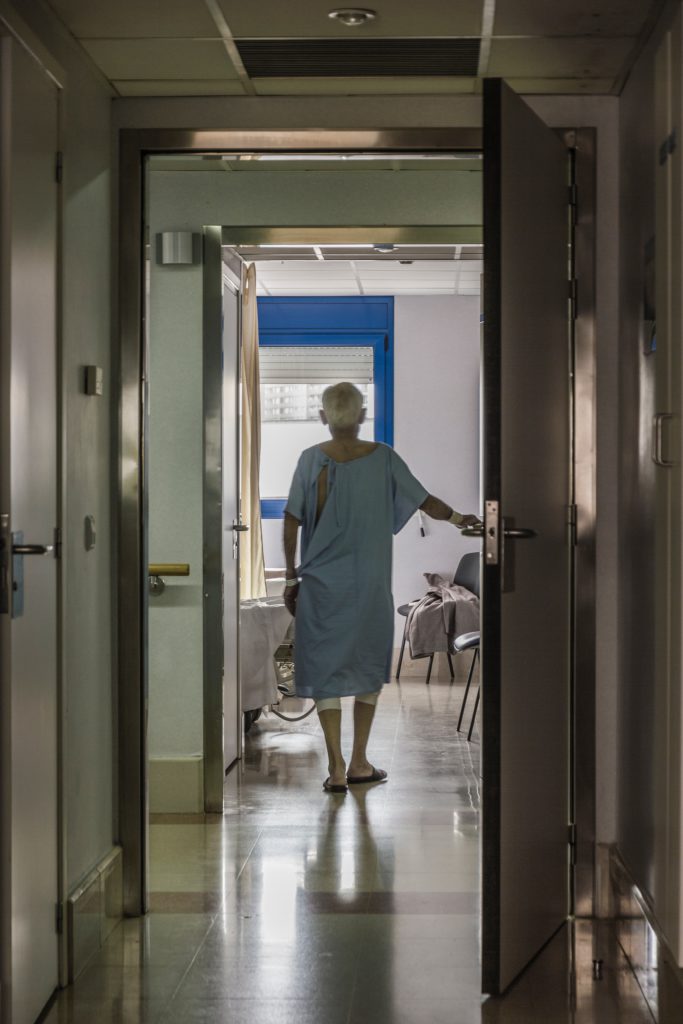
Advice
What advice would you give to someone who has just been diagnosed with lung cancer?
First of all, don’t panic. Secondly, know that everyone is going to try to give you advice. Your friends, relatives, and Dr. Google will all try to give you lots of advice.
Try to step back from that a bit. You don’t have to be treated by a thoracic oncologist, but try to get an opinion from one early on just to confirm that you’re on the right path and to educate yourself. Education is key.
When you’re first diagnosed, and you look up survival statistics, they’re terrifying. You act as if you should die before you finish reading the paragraph.
The key thing is, in order to have survival statistics, they have to be based on old numbers because these are people who have already died. So, what’s going in the future must be better.
The other thing is, you might hear that long-term survivals exist, but you might not believe it. A beautiful thing about the internet is that these people have faces and Facebook, and they can give you hope. It’s possible. It’s not a guarantee, but it’s possible, and hope comes from believing things are possible.
Oncologist Interviews
Dr. Christopher Weight, M.D.
Role: Center Director Urologic Oncology
Focus: Urological oncology, including kidney, prostate, bladder cancers
Provider: Cleveland Clinic
...
Doug Blayney, MD
Oncologist: Specializing in breast cancer | HER2, Estrogen+, Triple Negative, Lumpectomy vs. Mastectomy
Experience: 30+ years
Institution: Stanford Medical
...
Dr. Kenneth Biehl, M.D.
Role: Radiation oncologist
Focus: Specializing in radiation therapy treatment for all cancers | Brachytherapy, External Beam Radiation Treatment, IMRT
Provider: Salinas Valley Memorial Health
...
James Berenson, MD
Oncologist: Specializing in myeloma and other blood and bone disorders
Experience: 35+ years
Institution: Berenson Cancer Center
...
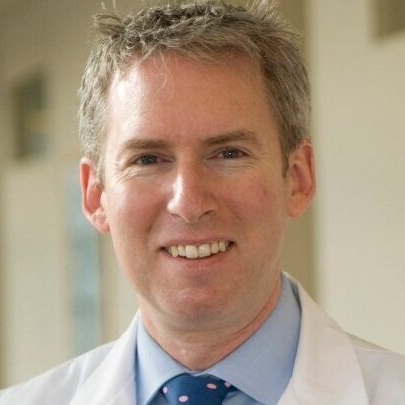
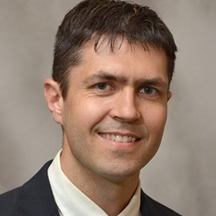
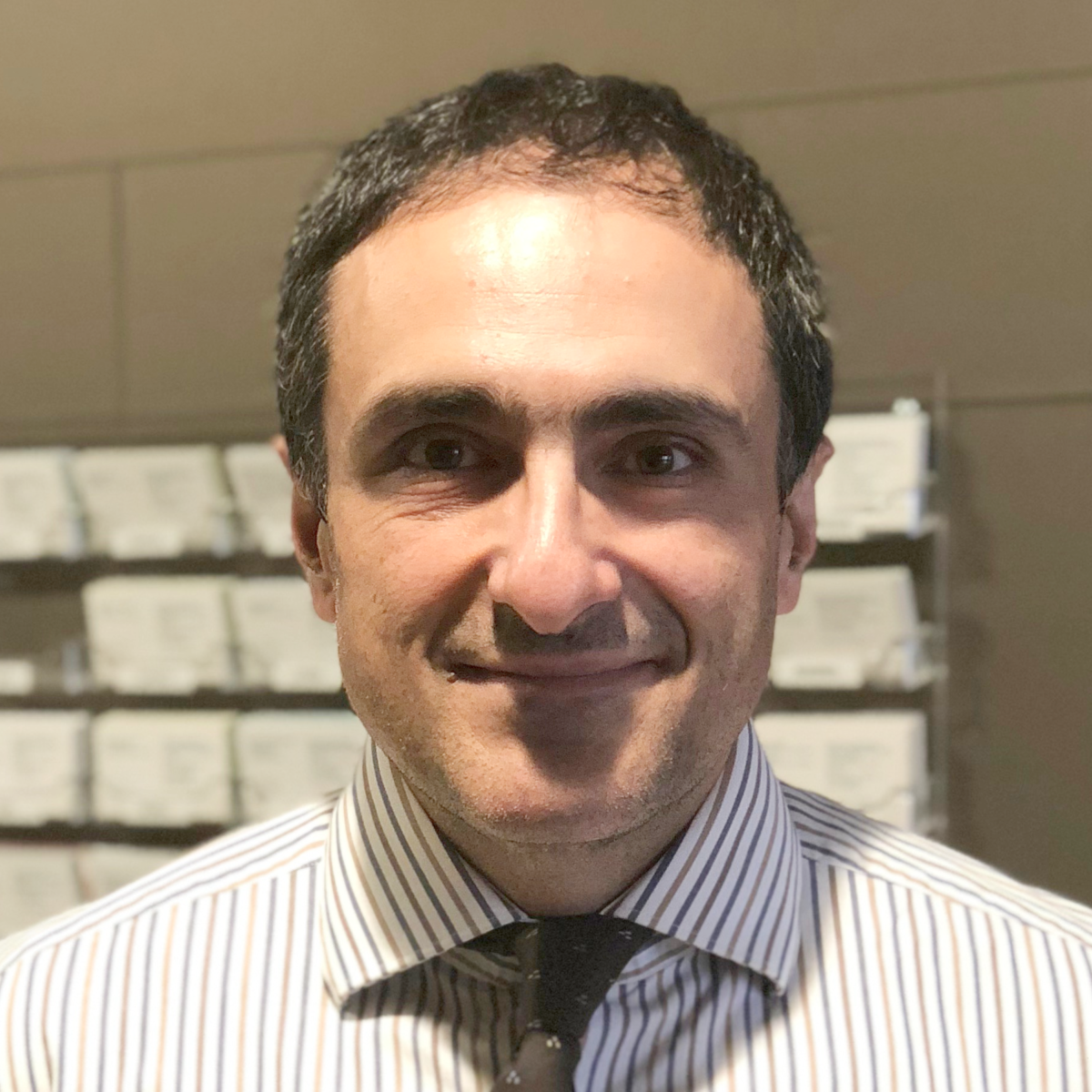
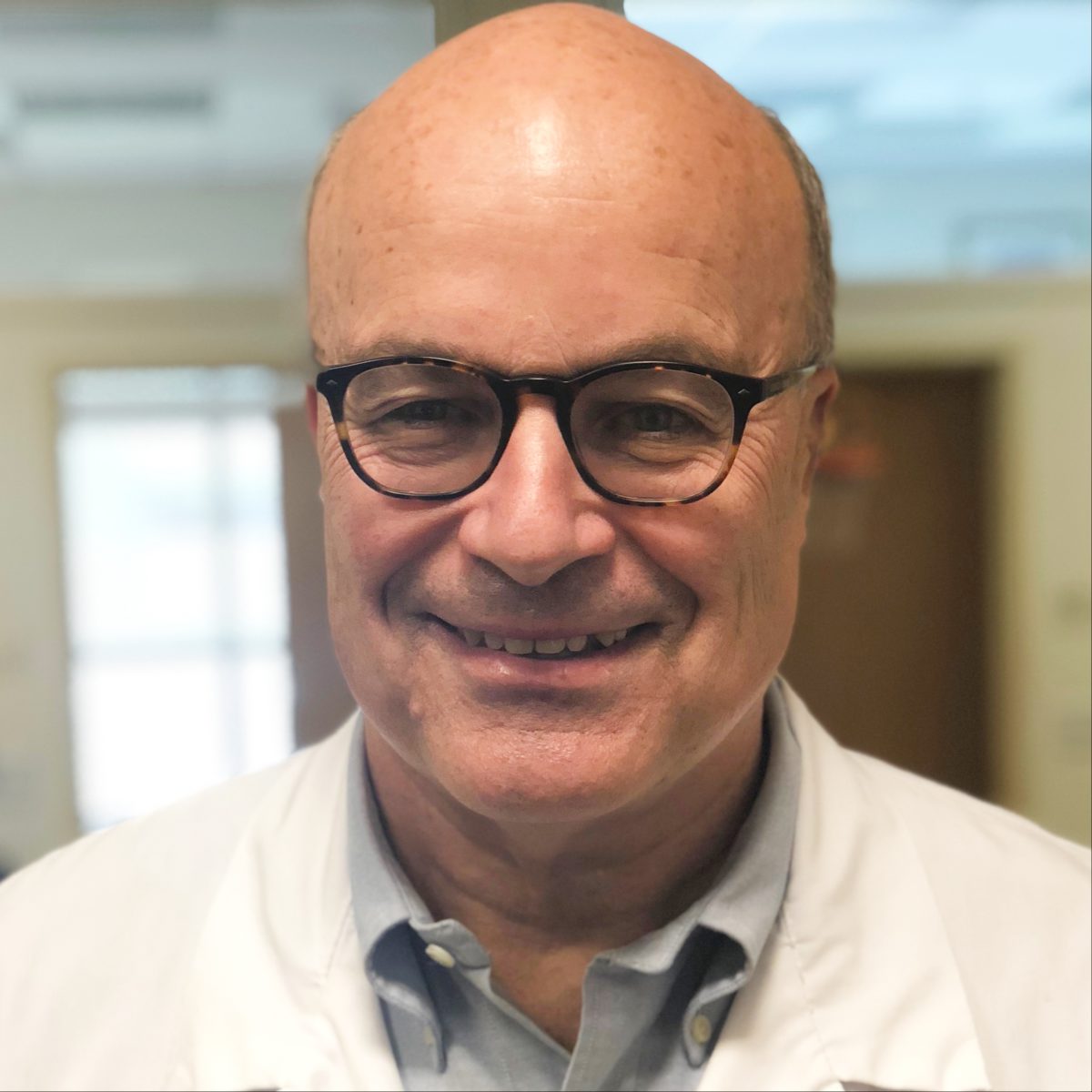
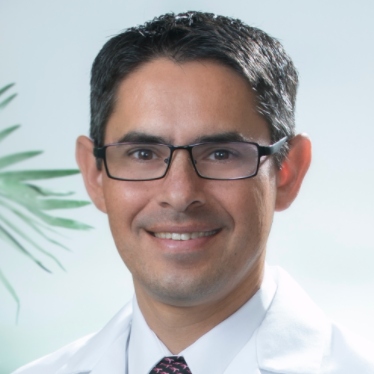
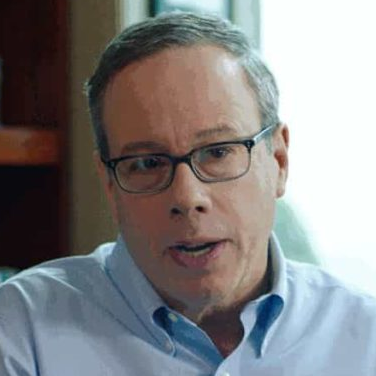
One reply on “Dr. D. Ross Camidge, Thoracic Oncologist”
Thorassic cancer I have been radiated and have had Chemotherapy.I’m so short of breath can hardly do anything. Am I dieing?